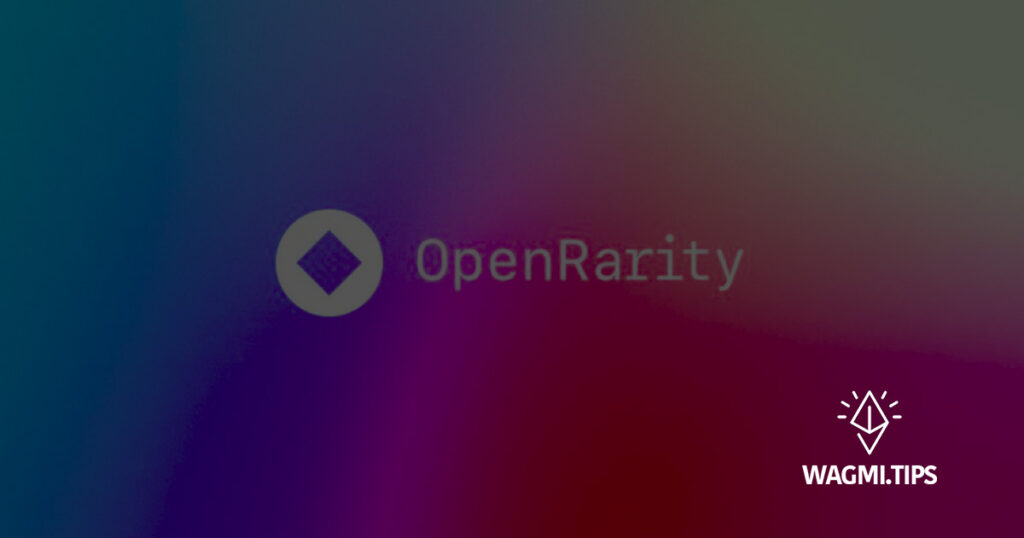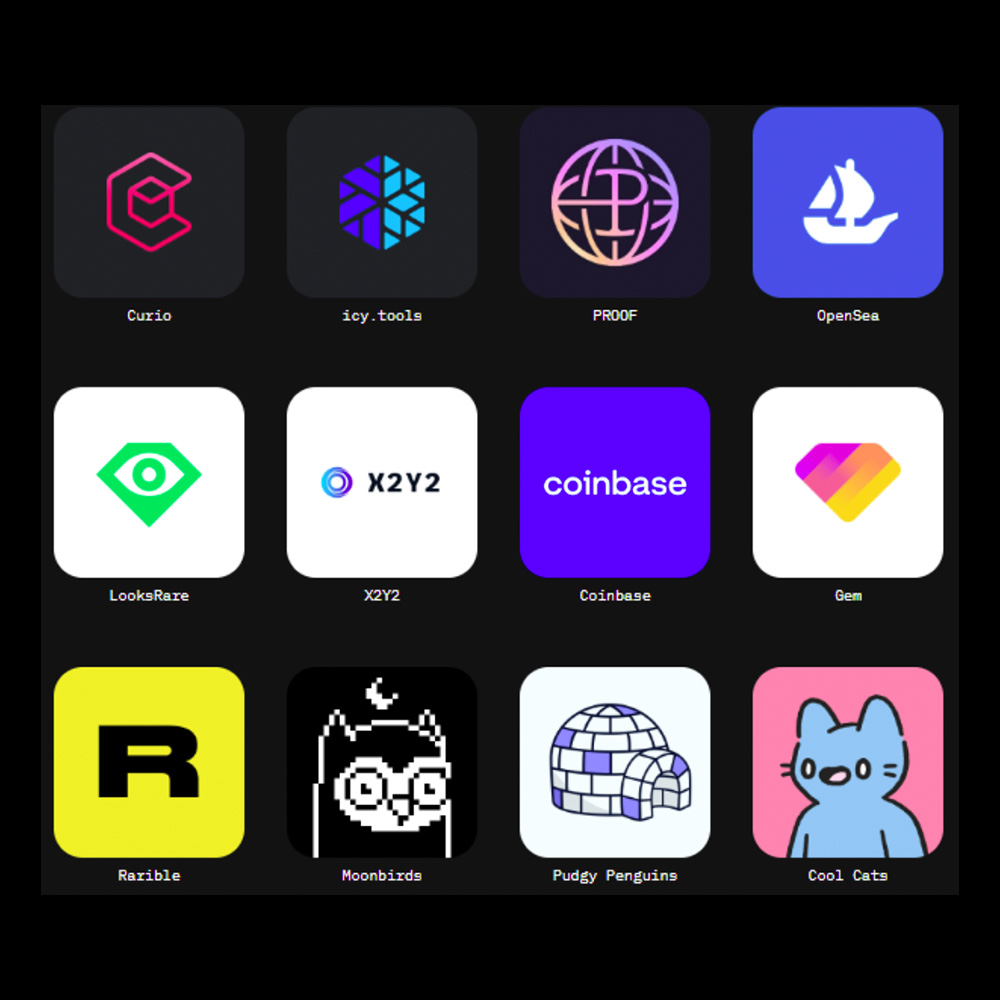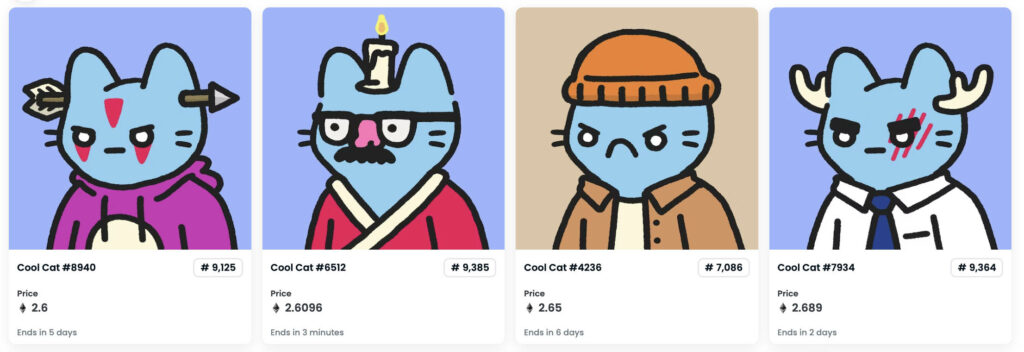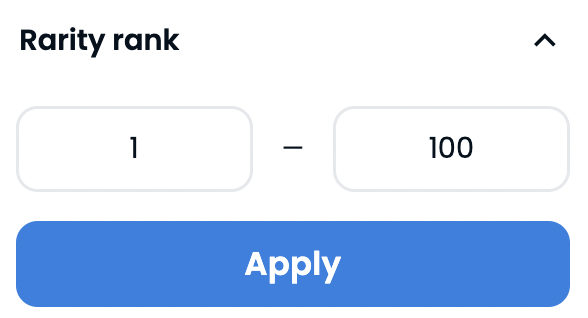The Complete Guide To OpenRarity By OpenSea (2023)
NFT rarity tools have been trying to keep up with the increasingly innovative NFT collections since the beginning of the NFT bull run. We finally have an ‘official’ rarity tool co-developed by some of the major players in the NFT space. Could this be it? Can OpenRarity bulldoze its way to become the industry standard for measuring NFT rarity? Let’s find out.

Table of Contents
What Is OpenRarity?
With different NFT rarity tools providing diverging rarity rankings across different NFT collections, it has always been difficult for buyers and sellers to determine a mutually agreeable rank for their NFTs. On top of that, many rarity platforms have a closed-source and proprietary methodology that makes it hard to justify a certain ranking.
Therefore, OpenRarity stepped up to develop a transparent, mathematically sound, and objective rarity calculation that anyone can reproduce and verify. Cool Cats, Moonbirds, and Pudgy Penguins were among the first projects to opt in to OpenRarity. The team has set out to create a rarity calculation methodology that is:
- Easy for all stakeholders to understand;
- Objective and grounded in mathematical principles;
- Easy to recalculate as the dataset changes; and
- Provide consistent rarity ranks across all publishers.
Who Is Behind OpenRarity?
OpenRarity is a product of a collective effort from various parties in the larger blockchain space. The team wanted to ensure that all aspects for an industry standard-rarity tool were addressed, instead of launching just another independent NFT rarity tool.
The outcome of this project can potentially impact all stakeholders in the NFT space, whether favourably or adversely. Therefore, OpenRarity has collaborated with Curio, icy.tools, PROOF, and OpenSea to develop the OpenRarity Standard. In addition, they have also invited the leading NFT marketplaces, analytics platforms, and NFT projects to contribute to this major undertaking. The participants include LooksRare, X2XY, Coinbase, Gem, Rarible, Moonbirds, Pudgy Penguins, and Cool Cats.

Rarity Calculation Methodology
Most NFT rarity tools in the market today take the sum of the probability of each trait, which is then normalised by category distribution. However, the OpenRarity team feels that summing the probabilities is inherently inaccurate and that NFT rarity calculations should implement the general multiplication rule. Essentially, the probability of the second event needs to take into account the probability of the first event.
As such, the team has decided to use information content to assess NFT rarities. This proven methodology measures the combination of the traits and assigns a rarity score. Based on this methodology, no changes will be made to the rarity score if every token has a said trait. On the flip side, information content will continue to rise as the probability of having a certain trait approaches zero. You can watch this video to understand more about information content theory.
However, do note that there are several aspects that were intentionally being left out by the team. For instance, some projects have complex meta traits (off-chain traits) that make it difficult to reproduce rarity scores without a custom code. Given that the methodology is purely mathematical, it is best that the projects themselves can update their collection metadata before using OpenRarity.

How To Use OpenRarity?

You can use the Rarity Rank filter on the sidebar of OpenSea to filter by specific rank. You can also now sort NFTs by “Most Rare” to quickly see the rarest NFTs of a given collection.
For Creators: How To Switch On OpenRarity?
If you are a creator of an NFT collection, you can switch on OpenRarity rankings to display the OpenRarity ranking in your collection (when editing your NFT collection’s settings). It is recommended to only switch on OpenRarity ranking only after all your MetaData is finalized and the full collection has been revealed.

What’s Next?
Since the launch on 22nd September 2022, the community has expressed various concerns and comments. There is confusion as to why NFTs with unique 1/1 traits do not always have the highest rank. In addition, existing collections included trait count when calculating rarity, and removing that creates dramatic changes. There is also a growing number of requests for OpenRarity to support numeric traits.
While the team has intentionally omitted these aspects from the calculation methodology, they will focus on figuring out the best path forward to respond to all the feedback. The OpenRarity team emphasised their commitment to transparency and will continue to communicate their next steps.
At the moment, the first course of action is to support numeric traits. There is also a team looking at developing OpenRarity into a multichain standard. All in all, you are most welcome to share your feedback on the GitHub discussions page or file a bug report directly. OpenRarity will continue to grow only if we as a community contribute collectively. Only time will tell if this will be the gold standard for NFT rarity ranking, or just another NFT rarity tool.
Official OpenRarity Links
OpenSea Website: https://opensea.io/
OpenSea Twitter: https://twitter.com/opensea
OpenSea support: https://support.opensea.io/hc/en-us
OpenRarity Website: https://www.openrarity.dev/
OpenRarity Twitter: https://twitter.com/openrarity
